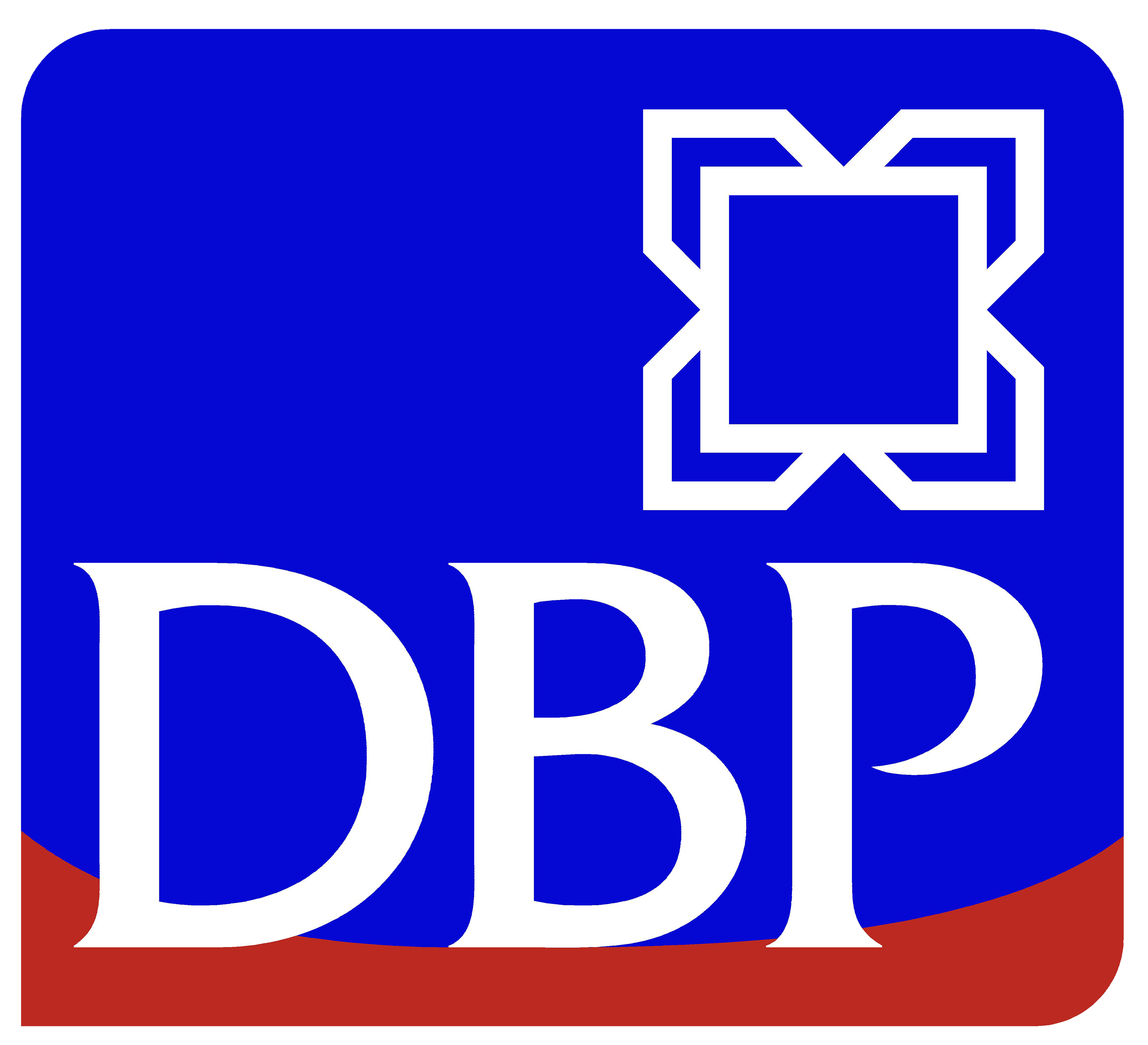

DBP's history can be traced back during the Commonwealth when the early infrastructure for development financing was laid by the government.
1935 - The National Loan and Investment Board (NLIB) was created to coordinate and manage government trust funds such as the Postal Savings Fund and the Teacher's Retirement Fund.
1939 - The Agricultural and Industrial Bank (AIB), which absorbed the functions of the NLIB, was created and started to harness government resources until the outbreak of war.
1947 - The government created the Rehabilitation Finance Corporation (RFC) under R.A. No. 85 which absorbed the assets and took over the functions of the AIB. The RFC provided credit facilities for the development of agriculture, commerce and industry and the reconstruction of properties damaged by the war.
1958 - The RFC was reorganized into the Development Bank of the Philippines. The change in corporate name marked the shift from rehabilitation to broader activities.
With an initial capital of P500 million subscribed by the government, the DBP expanded its facilities and operations to accelerate national development efforts. This forward thrust saw the establishment of a network of branches throughout the country. The DBP tapped both foreign and local fund sources to complement its capital resources. Credits were obtained directly from international financial institutions.
The DBP delivered to the economy substantial benefits in capital formation, employment generation and increased revenues, particularly in the countryside. In the late seventies and early eighties, however, its viability was undermined by an increasing number of non-performing accounts following a period of economic difficulty.
1986 - Former President Corazon Aquino issued E.O. No. 81 which provided for the 1986 Revised Charter that called for a clean up of DBP's books, staff reorganization and infusion of initial operating budget. The rehabilitation program restored its financial viability and DBP resumed lending operations.
With the transfer of non-performing assets together with liabilities in June 30, 1986 to the National Government, the DBP implemented an institutional strengthening program covering a thorough revision of the credit process and a training program for the intensive implementation of new lending thrusts. The Bank likewise reopened its lending windows for housing, agriculture, and small and medium scale industries.
1995 - The DBP was granted an expanded banking license and attained universal banking status.
1998 - Former President Fidel V. Ramos signed R.A. 8523 amending DBP's 1986 Charter. Among the major provisions incorporated in the new DBP Charter were the increase of authorized capital stock from P5 billion to P35 billion, and the creation of the position of President and CEO.
These developments paved the way for the pursuit of other activities that allowed the Bank to fulfill its development mandate more meaningfully.
Today, DBP sharpens its development focus as the country's infrastructure Bank. The bank spurs national growth by funding projects that raise the economy's competitiveness. Focusing on sectors with the biggest and most immediate impact on every Filipinos well-being, DBP spearheads infrastructure projects such as roads and highways, power and water generation and distribution, schools and hospitals.
The DBP Logo
The DBP logo creates an impression of the Bank’s renewed spirit and dynamism amid changing times. It includes the colors blue and red adapted from the Philippine flag to strengthen DBP’s reputation as a development institution focused on the well-being of the Filipino.
The DBP logo includes DBP’s original geometrical symbol that represents the forerunners of the Bank. A subtle red curvature which suggests the dawning of a new day, a promise of a secure tomorrow that DBP aspires to achieve for every Filipino.
-To support infrastructure development, responsible entrepreneurship, efficient social services and protection of the environment; -To work for raising the level of competitiveness of the economy for sustainable growth; -To promote and maintain the highest standards of good governance.
Vision 2040: By 2040, DBP will be a world-class infrastructure and development financial institution, and a proven catalyst for a sustainably progressive and inclusive Philippines.
Vision 2022: By 2024, DBP is a preeminent development bank, actively engaging stakeholders towards greater financial inclusivity.
-Integrity -Love for the Filipino -Excellence -Teamwork -Service to others
| POSITION | NAME |
|---|---|
| No results found | |